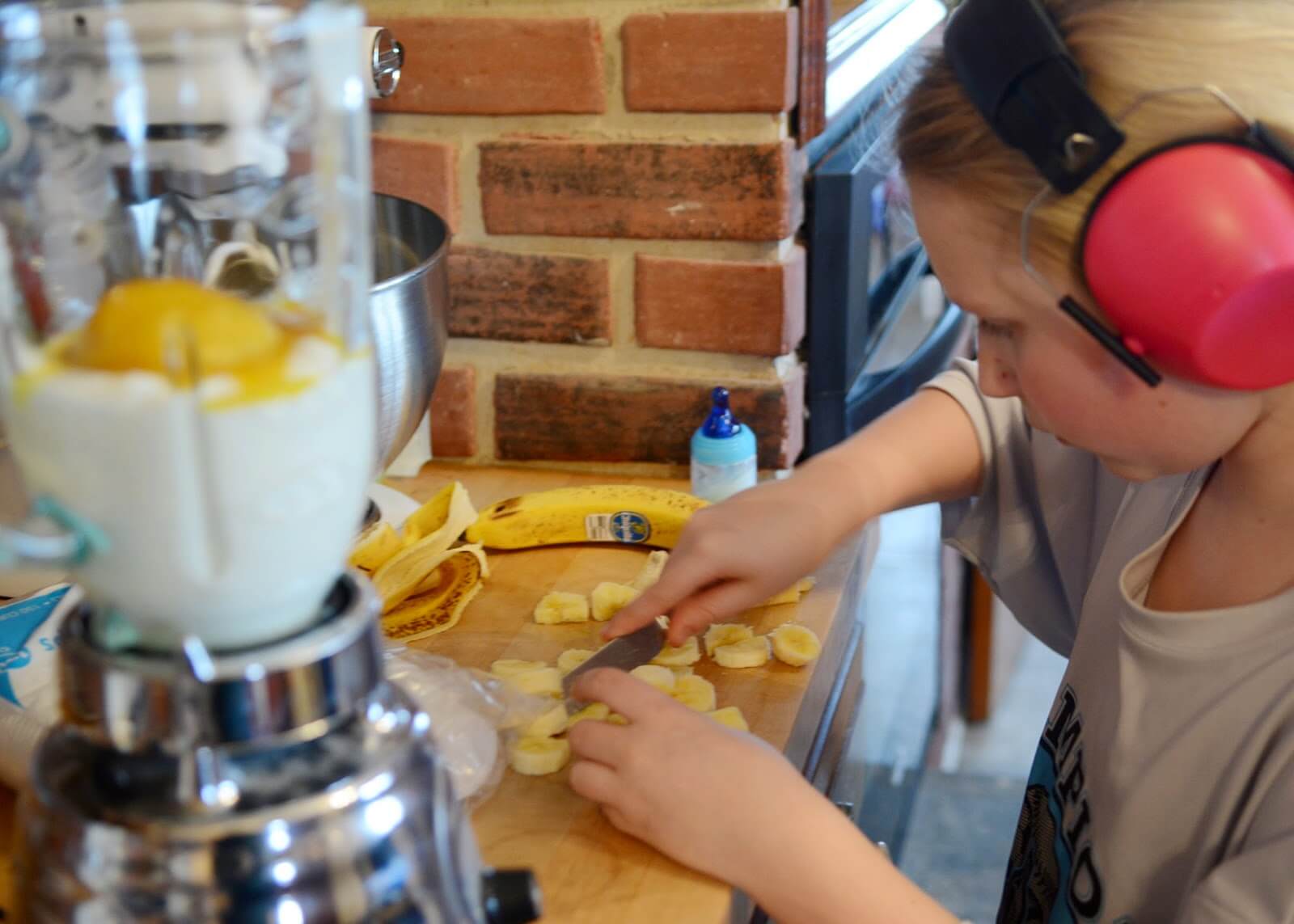

Articles
How Loud Is A Blender
Modified: February 28, 2024
Discover the noise level of a blender in this informative article. Learn how loud blenders can be and find tips on reducing blender noise.
(Many of the links in this article redirect to a specific reviewed product. Your purchase of these products through affiliate links helps to generate commission for Storables.com, at no extra cost. Learn more)
Introduction
Welcome to the fascinating world of blenders! These versatile kitchen appliances have become an essential tool for many households, allowing us to effortlessly blend ingredients, create delicious smoothies, and prepare various culinary delights. However, one aspect of blenders that often goes unnoticed until it becomes a nuisance is their noise level.
Have you ever wondered how loud a blender can actually be? In this article, we will delve into the topic, exploring the decibel levels of blenders and discussing factors that can affect their noise output. Whether you’re planning to purchase a new blender or looking for ways to reduce the racket in your kitchen, we’ve got you covered!
Understanding and managing blender noise is important for several reasons. First and foremost, excessive noise can be annoying, especially if you live in close proximity to neighbors or have sensitive ears. Additionally, prolonged exposure to loud noise can have negative effects on our health, such as causing stress and even hearing damage.
To effectively address this issue, we need to start by understanding how decibels are measured and what constitutes a loud blender. Let’s dive into the world of decibels!
Key Takeaways:
- Blenders typically produce noise levels ranging from 80 to 100 decibels, with some high-powered models exceeding 100 decibels. Understanding factors such as motor power, design, and speed settings can help manage and reduce blender noise effectively.
- Practical tips for reducing blender noise include choosing models with noise reduction features, using lower speed settings, and maintaining the blender properly. By implementing these strategies, a more peaceful kitchen environment can be achieved.
Read more: Why Is Ninja Blender So Loud
Understanding Decibels
To comprehend the concept of blender noise, we must first familiarize ourselves with decibels. In simple terms, decibels (dB) are a unit of measurement used to quantify the intensity or loudness of sound. It is a logarithmic scale, which means that each increase of 10 decibels represents a tenfold increase in loudness.
For reference, a normal conversation typically measures around 60 decibels, while a lawnmower can reach around 90 decibels. When it comes to blenders, noise levels can vary depending on the model and speed setting.
Blenders generally fall within the range of 80 to 100 decibels, with some high-powered models even exceeding the 100-decibel mark. This means that blenders can be considerably louder than regular conversation, making them a noticeable source of noise in the kitchen.
It’s important to note that continuous exposure to sounds above 85 decibels can lead to hearing damage over time. While the duration of blender usage is typically short, it is still essential to be mindful of the noise level to protect our hearing health.
Now that we have a basic understanding of decibels, let’s explore how blender noise is measured and what factors contribute to its levels.
Measuring Blender Noise
Measuring blender noise requires the use of specialized instruments called sound level meters. These devices are designed to accurately capture and quantify the decibel levels produced by various sources of sound, including blenders.
When measuring blender noise, it is important to take into account the specific conditions under which the measurement is conducted. Factors such as the distance between the sound level meter and the blender, background noise, and the speed setting of the blender can all affect the recorded decibel levels.
The standard measurement for blender noise is taken at a distance of one meter from the appliance. This distance allows for consistency and provides a benchmark for comparing the noise levels of different blenders. Additionally, it is important to conduct the measurement in a controlled environment with minimal background noise to obtain accurate results.
The speed setting of the blender also plays a significant role in determining the noise level. Higher speed settings generally result in louder noise output due to the increased power and speed of the blender’s motor. In contrast, lower speed settings tend to produce quieter noise levels.
Once the measurement is conducted, the decibel level recorded by the sound level meter provides an indication of the blender’s noise output. This information can be helpful for consumers in evaluating the noise levels of different blender models and making informed purchasing decisions.
Now that we understand how blender noise is measured, let’s delve into a comparative study of popular blender brands and their noise levels.
Comparative Study
When it comes to blender noise, not all models are created equal. Different blender brands and models can vary significantly in terms of their noise levels. To provide you with a better understanding, let’s explore a comparative study of popular blender brands and their noise outputs.
Brand A: This brand’s blenders are known for their powerful motors and high blending speeds. As a result, they tend to produce noise levels on the higher end of the spectrum, reaching around 95 to 100 decibels. While these blenders offer excellent blending performance, they may not be ideal for those looking for quieter options.
Brand B: Blenders from this brand are designed with noise reduction in mind. They incorporate advanced sound-dampening technologies, such as insulated motor housings and soundproofing materials, which help reduce noise levels significantly. These blenders typically hover around 80 to 85 decibels, providing a quieter blending experience without compromising performance.
Brand C: Known for their compact and versatile blenders, this brand offers a good balance between power and noise level. Their blenders generally generate noise levels ranging from 85 to 90 decibels, making them suitable for everyday use without causing excessive disturbance.
Brand D: A favorite among users seeking a quieter blending experience, this brand focuses on noise reduction as a key feature. Their blenders are engineered with low-noise motors and innovative design elements to minimize noise output. As a result, they typically register noise levels below 80 decibels, making them one of the quietest options available.
Keep in mind that these noise levels are approximate and can vary depending on the specific model and speed setting chosen. It is always recommended to check individual product specifications and read customer reviews to get a more accurate understanding of the noise levels for a particular blender.
Now that we have explored the comparative study, let’s discuss the factors that can affect blender noise levels.
To measure the loudness of a blender, you can use a sound level meter. Place the meter a few feet away from the blender and run it at different speeds to get an accurate reading. Keep in mind that blenders can range from 80-100 decibels, so it’s important to protect your ears when using them for extended periods.
Factors Affecting Blender Noise
Blender noise levels can be influenced by various factors. Understanding these factors can help us better manage and control the noise output of our blenders. Let’s explore some of the key factors that can affect blender noise levels:
1. Motor Power: The power of the blender’s motor plays a significant role in determining its noise output. Higher-powered blenders tend to produce more noise as they operate at higher speeds and exert more force to blend ingredients. Opting for a blender with a lower wattage motor can help reduce noise levels.
2. Design and Construction: The design and construction of the blender can impact its noise levels. Blenders with sound-dampening features, such as insulated motor housings or anti-vibration materials, can help minimize noise by reducing the transmission of vibrations. Additionally, blenders with well-sealed containers and lids can help contain noise within the blender.
3. Speed Setting: The speed setting selected on the blender can directly affect the noise level. Higher speed settings generally result in louder noise output due to the increased power and speed of the blender’s motor. Opting for lower speed settings can help reduce noise while still achieving satisfactory blending results.
4. Blade Quality: The quality and design of the blender’s blades can impact noise levels. Blenders with sharp and precisely aligned blades tend to operate more smoothly and produce less noise. Additionally, blenders with advanced blade technologies, such as dampened blade designs, can help reduce noise during operation.
5. Age and Maintenance: The age and maintenance of the blender can also affect its noise output. Over time, the blades, motor, and other components may wear out or become misaligned, leading to increased noise levels. Regular maintenance, such as cleaning, lubricating moving parts, and replacing worn-out components, can help minimize noise and ensure smooth operation.
It is worth noting that while certain factors can contribute to reducing blender noise levels, it is unlikely to eliminate noise altogether. Blending inherently involves the movement and collision of ingredients, which can generate some level of noise.
Now that we understand the factors that can influence blender noise levels, let’s explore some tips for reducing blender noise.
Read more: How Loud Is A Lawnmower
Tips for Reducing Blender Noise
If you’re looking to minimize the noise output of your blender, here are some practical tips that you can follow:
1. Choose a Blender with Noise Reduction Features: Look for blenders that are specifically designed with noise reduction in mind. These blenders often incorporate features such as insulated motor housings, soundproofing materials, and dampened blade designs to minimize noise levels.
2. Opt for Lower Speed Settings: Using lower speed settings on your blender can help reduce noise without sacrificing blending performance. Most blending tasks can be accomplished effectively at lower speeds, so experiment with different settings to find the optimal balance between noise reduction and performance.
3. Use a Rubber Mat or Towel: Placing a rubber mat or towel underneath your blender can help absorb vibrations and reduce noise. This simple trick can make a noticeable difference in the overall noise output, especially if your blender tends to rattle or vibrate during operation.
4. Close the Lid Securely: Ensuring that the blender lid is tightly closed before starting the blending process can help contain noise within the blender. Loose or improperly closed lids can allow noise to escape, contributing to a louder blending experience.
5. Opt for Shorter Blending Durations: While this may not directly reduce noise levels, minimizing the duration of blending sessions can help minimize your exposure to loud noise. Try to blend smaller batches or pulse in short bursts to achieve the desired consistency, reducing overall noise exposure.
6. Maintain Your Blender: Regularly cleaning and maintaining your blender can help keep it operating smoothly and reduce noise levels. Clean the blades, container, and seals regularly to prevent buildup that can contribute to increased noise. Additionally, ensure that the blender’s motor is properly lubricated and all components are in good working order.
By incorporating these tips into your blending routine, you can significantly reduce the noise output of your blender and create a more peaceful kitchen environment.
Now that we have covered various ways to minimize blender noise, let’s conclude our article with a summary.
Conclusion
Blenders are undoubtedly helpful kitchen appliances, but their noise levels can sometimes be a cause of annoyance and disturbance. Understanding the factors that contribute to blender noise and implementing strategies to minimize it can greatly enhance your blending experience.
Throughout this article, we explored the concept of decibels and how they are used to measure blender noise. We discussed the varying noise levels of different blender brands and models, highlighting the importance of considering noise output when purchasing a new blender.
We also explored the factors that can affect blender noise levels, such as motor power, design and construction, speed settings, blade quality, and maintenance. By being aware of these factors, you can make informed choices and select blenders that align with your noise preferences.
Furthermore, we provided practical tips for reducing blender noise, including opting for blenders with noise reduction features, using lower speed settings, placing a rubber mat or towel under the blender, securely closing the lid, minimizing blending durations, and maintaining the blender properly.
Remember that while these tips can help reduce noise levels, some level of noise is inherent to the blending process. However, by implementing these strategies, you can create a more pleasant and peaceful kitchen atmosphere for yourself and those around you.
In conclusion, managing blender noise is all about finding the right balance between performance and noise reduction. With a bit of knowledge and careful consideration, you can find a blender that meets your blending needs while keeping the noise at a comfortable level.
So, go ahead and create culinary masterpieces without the disturbance of excessive blender noise!
Frequently Asked Questions about How Loud Is A Blender
Was this page helpful?
At Storables.com, we guarantee accurate and reliable information. Our content, validated by Expert Board Contributors, is crafted following stringent Editorial Policies. We're committed to providing you with well-researched, expert-backed insights for all your informational needs.
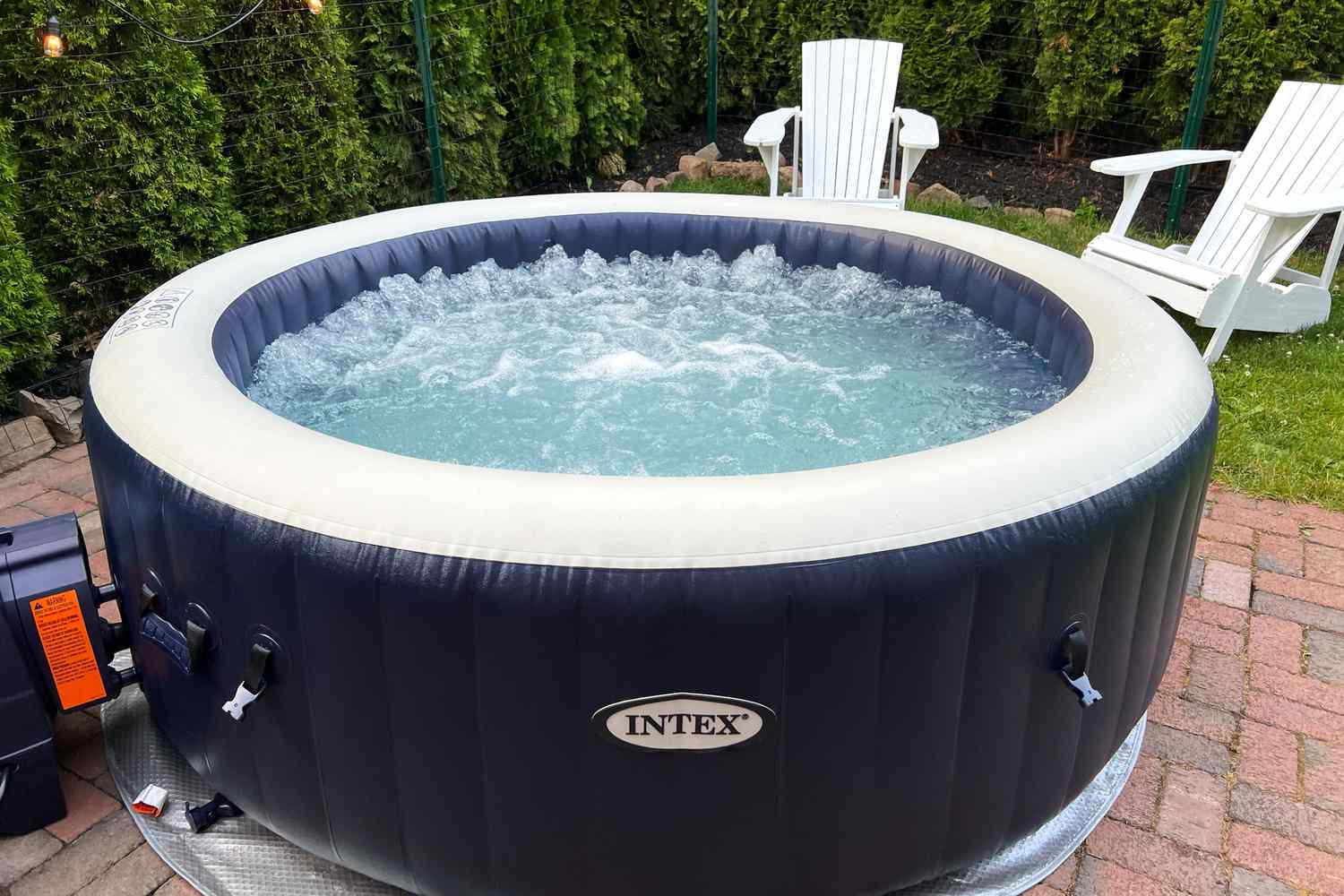
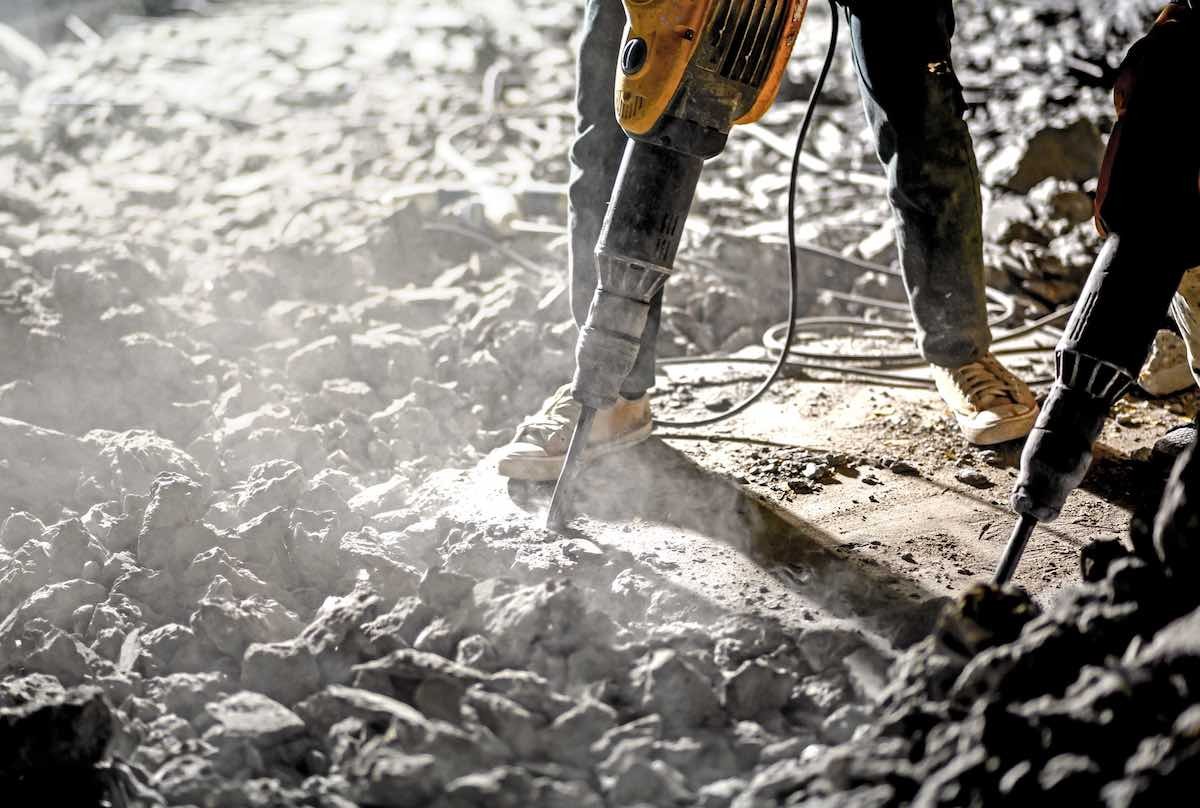

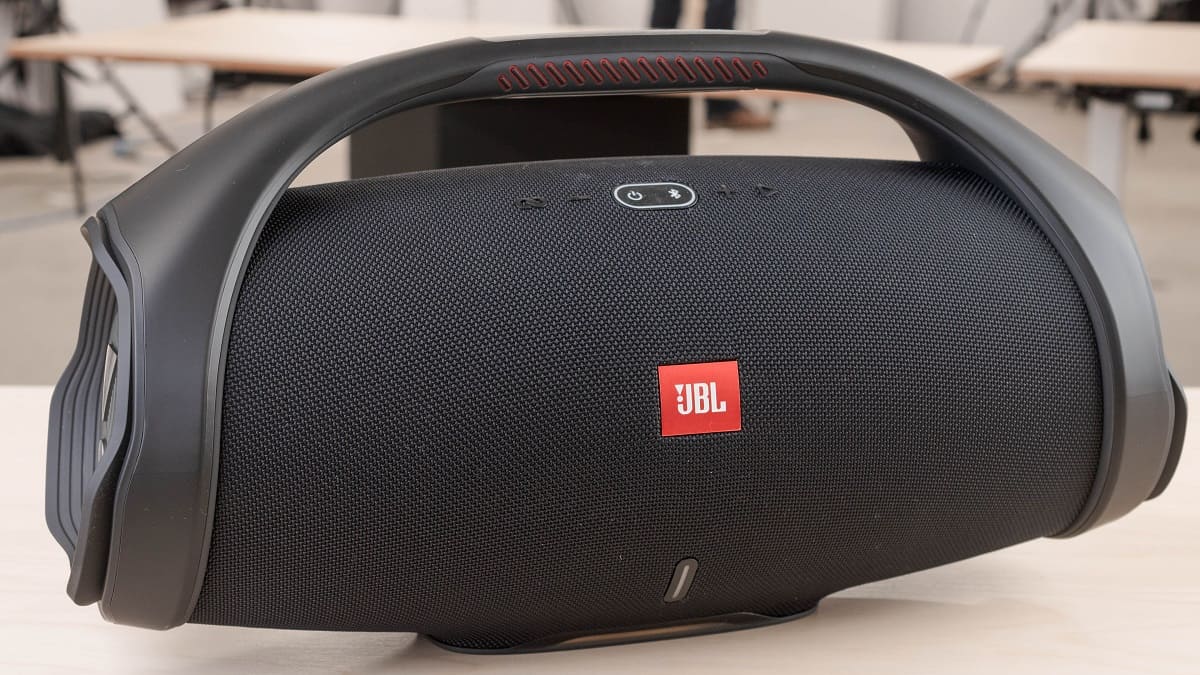

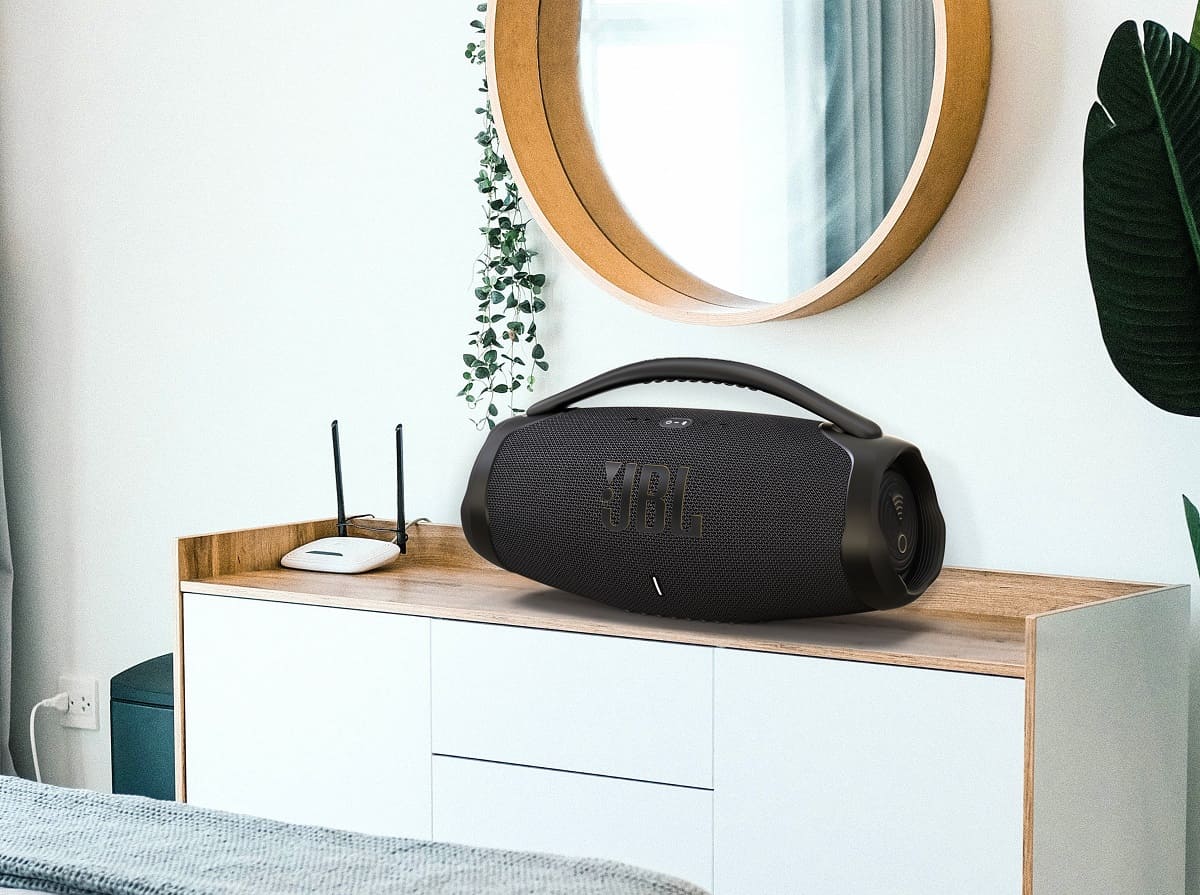
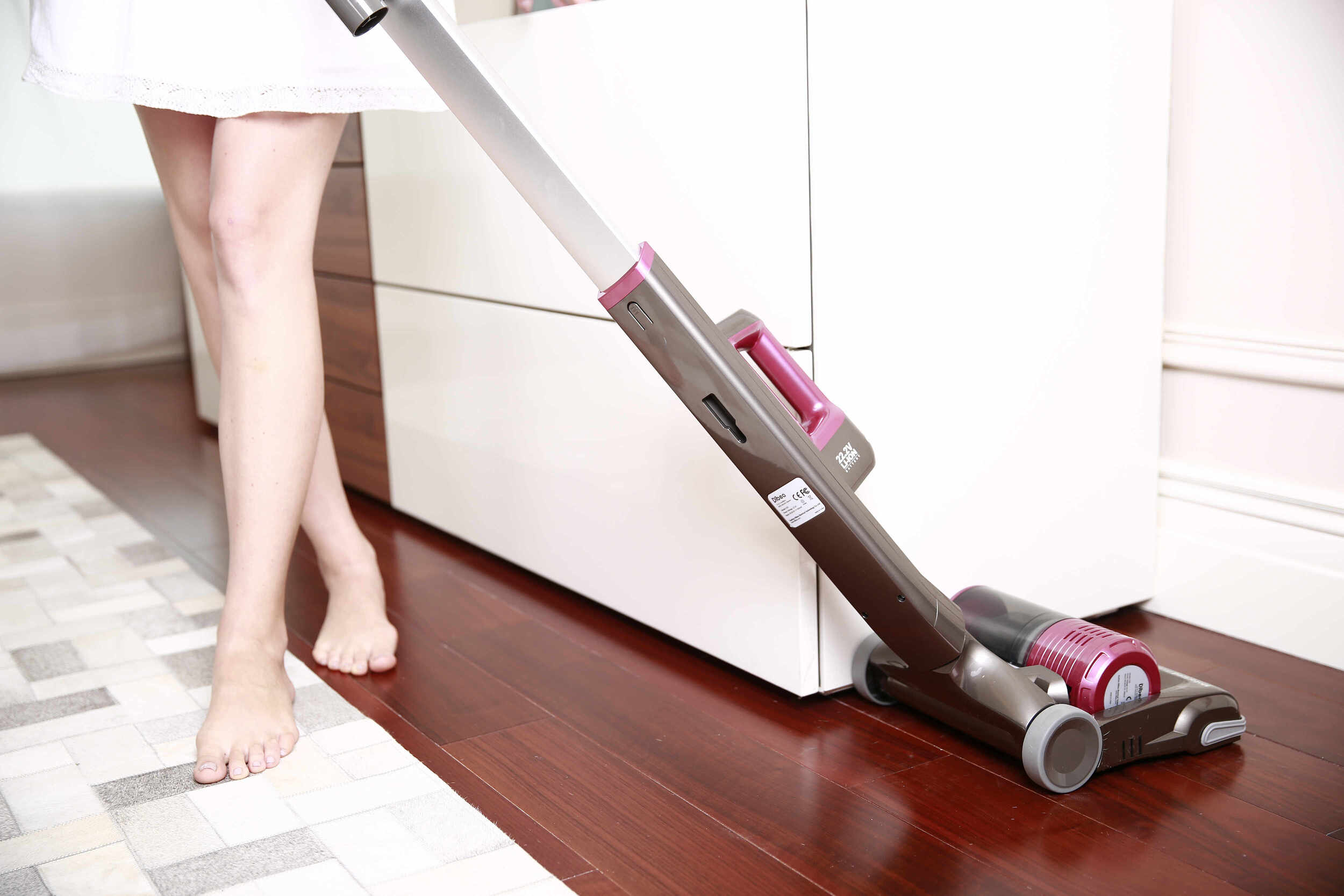


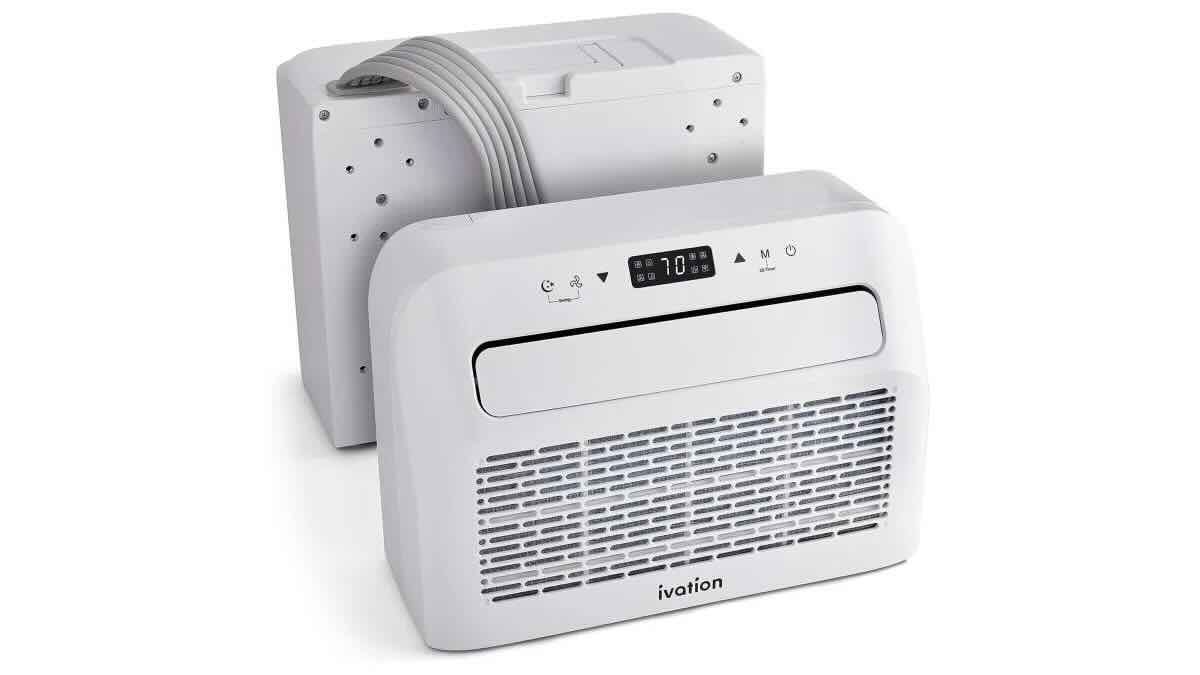
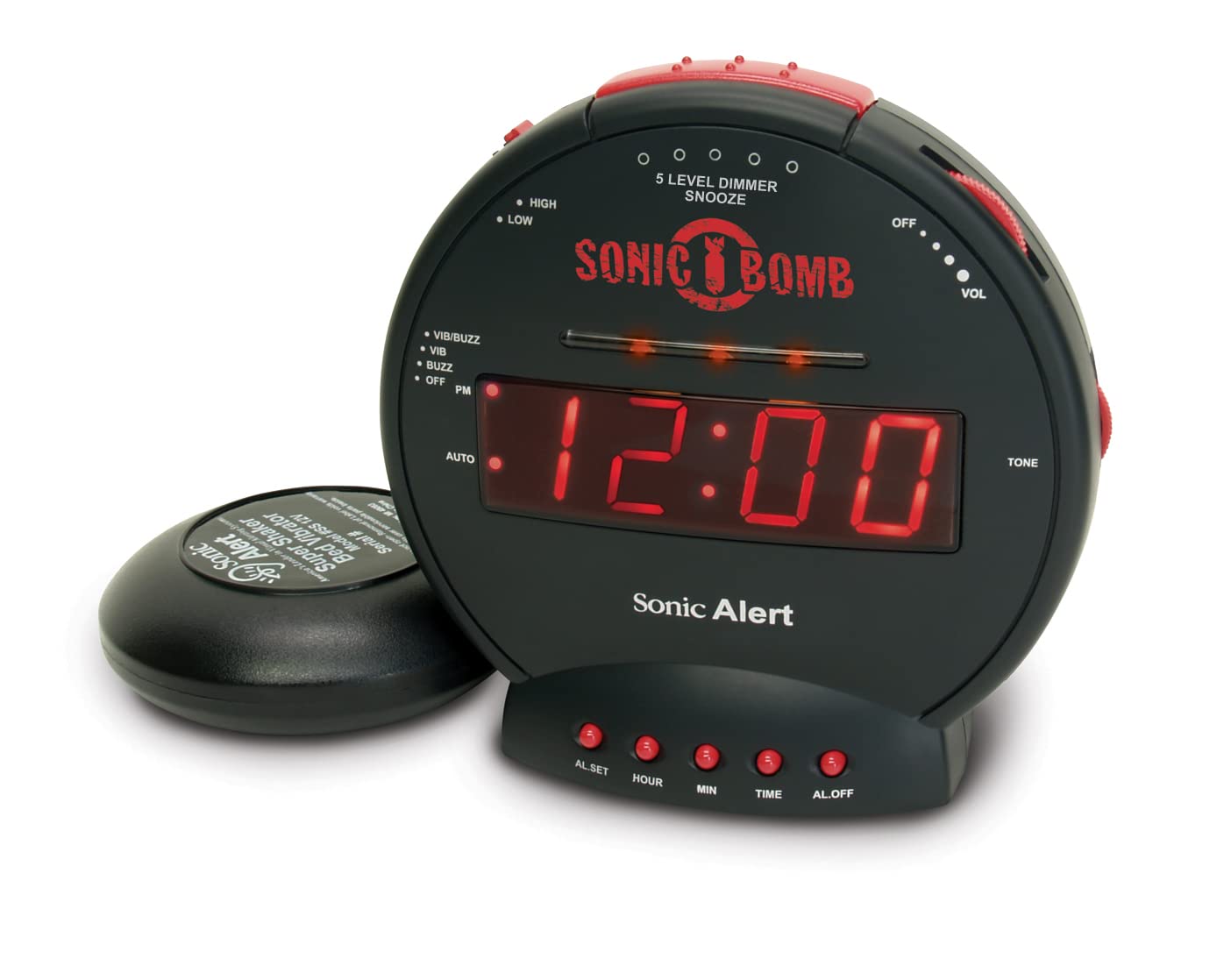

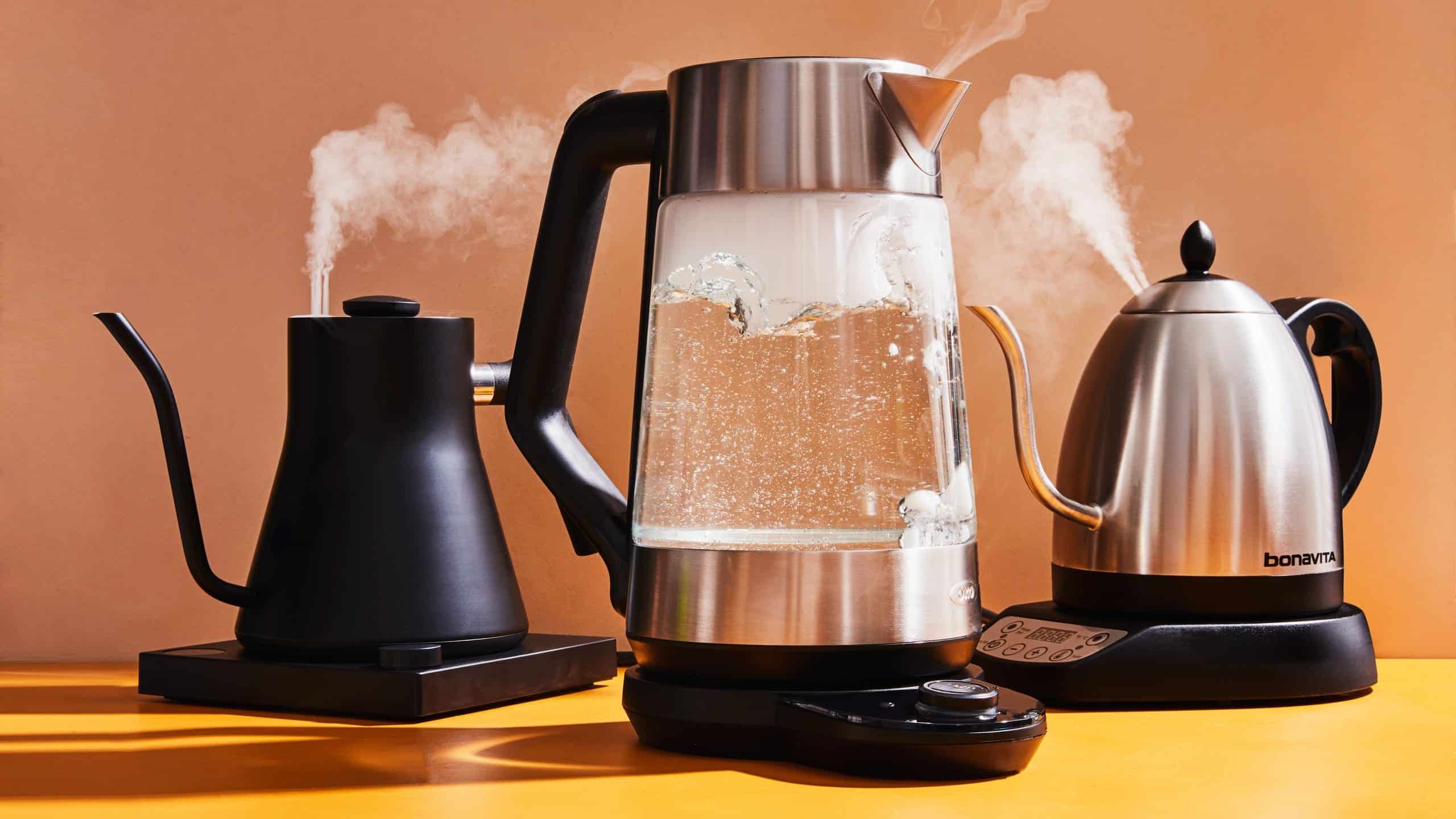
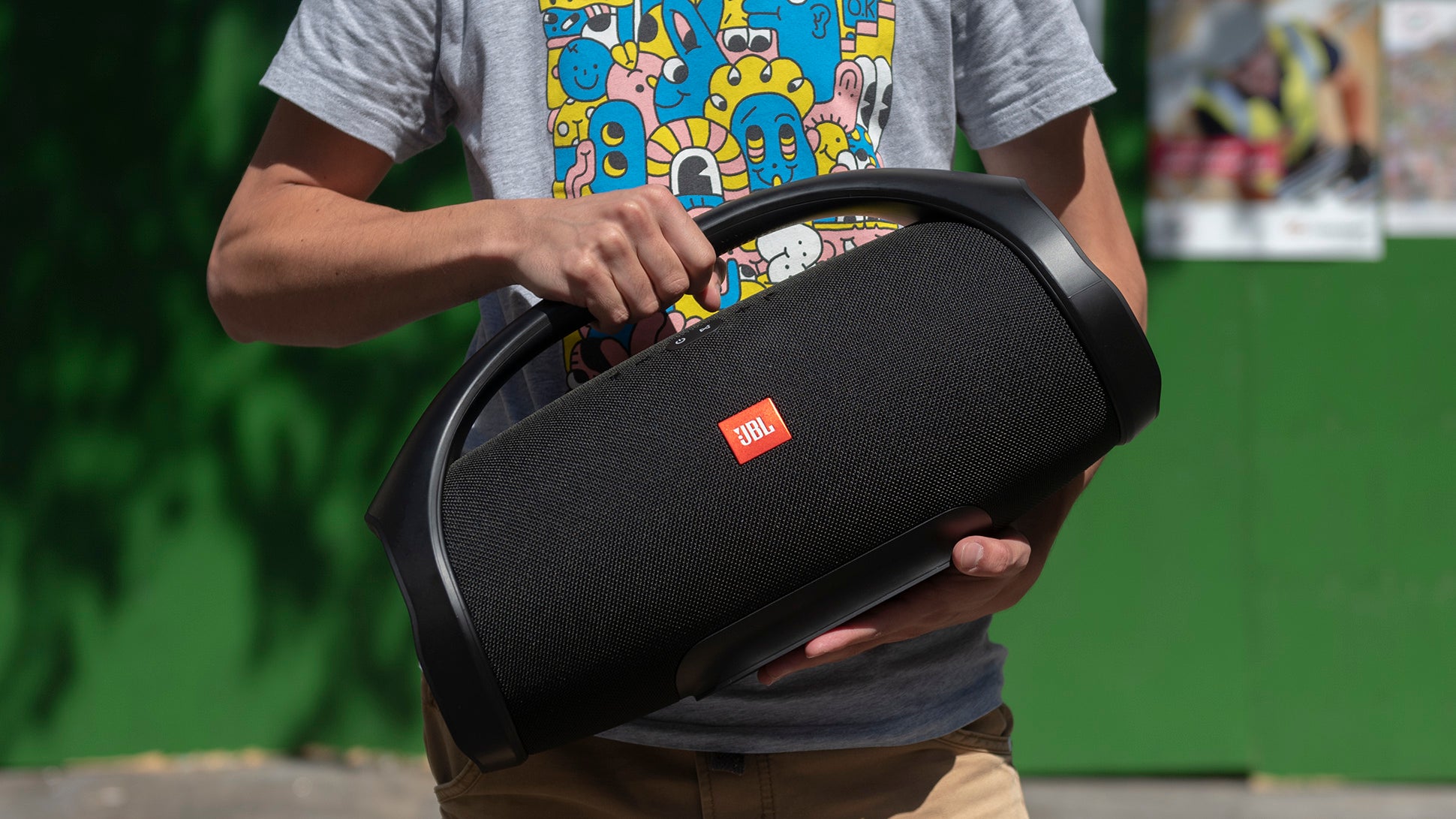

0 thoughts on “How Loud Is A Blender”